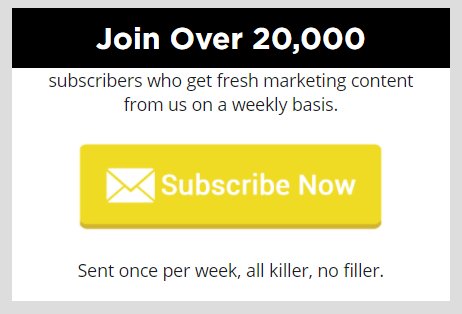9 Persuasive Psychology Sales Hacks to Sell More

They say “The heart wants what it wants.”
But the truth is “The heart wants what it can’t have.”
You see, in sales, most prospects are actually moved by the fear of missing out on an experience, event, or product.
They literally want what they “can’t” have.
Because psychology actually does some behind the scenes work in your prospects’ minds.
But unfortunately, many small marketers and business owners fail to realize just how powerful psychology can be in sales.
It can be the difference between an ocean of customers buying like crazy—and no leads at all.
But how do you tap into the psychology of sales?
Today, I decided to help you out.
In this article, I’m going to tell you:
- The 9 easy and persuasive psychology hacks you can use to grow your sales starting today.
- How by tapping in the psychology of sales, you can better understand who your prospect is, what he wants, and what he needs from you.
- And how by understanding your prospects better, you’ll get a higher likelihood of selling more.
Even though you can't always use a one-size-fits-all approach when it comes to selling a product or a service, this first sales hack will help you do just that...
In a rush? Want to download this article as a PDF so you can easily take action on it later? Click here to download this article as a PDF guide.

Psychology Sales Hack #1: Use Price Anchoring to Not Let Prospects Wander
People who visit your site generally have a poor idea of what your products or services are actually worth in terms of pricing.
And here’s when you should be applying the Law of Clarity—one of the 11 Laws of Sales Funnel Physics.
Ultimately, it’s your responsibility to inform prospects about your pricings and include on your site clear price anchoring.
“But what’s price anchoring?”—You might be wondering and your prospects are probably wondering too.
Price anchoring is a specific copywriting sales or persuasion tactic.
You use it to better convey the value of your product or service and/or make it appear more affordable, so that the price point is, therefore, more persuasive.
Here’s a simple example from our Proven Sales Conversion Pack.
Before…

After…
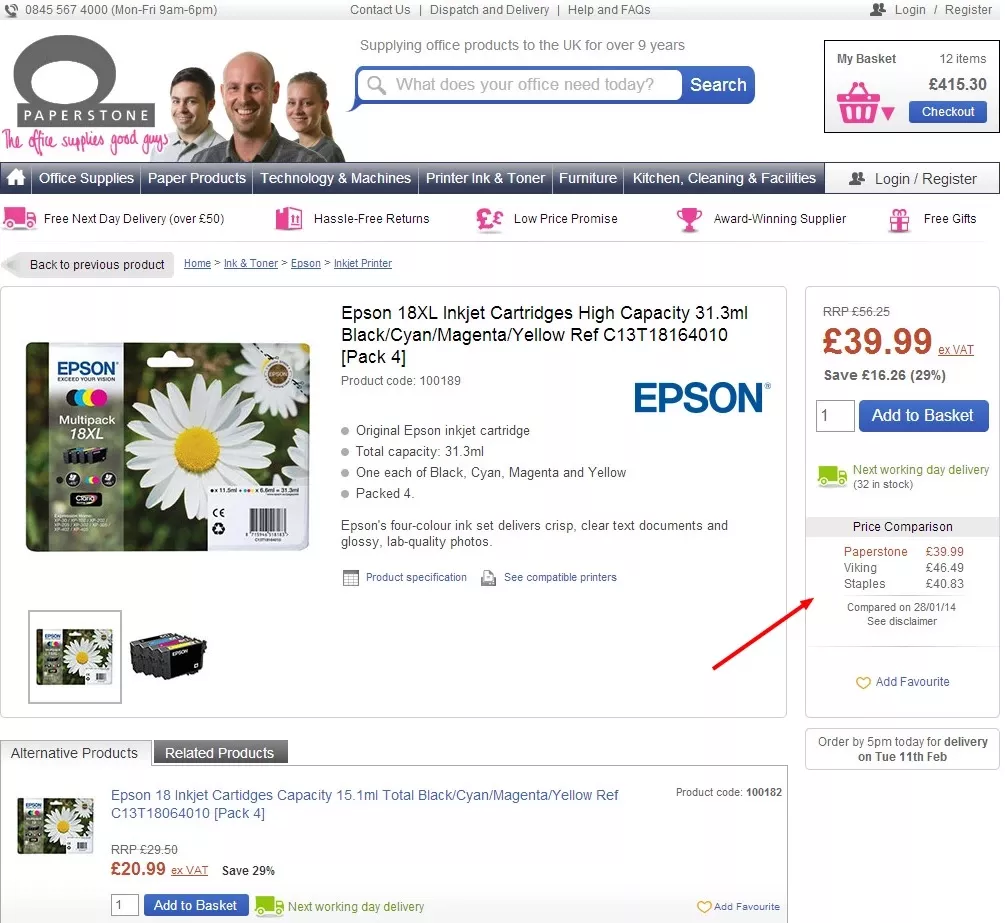
When this eCommerce store added price comparison to their checkout page, their conversion rate increased by 10%.
This works because not only do customers convert more on lower priced products, but they also do so because of the principle of reciprocity.
This is something that you can include in your sales page, pricing page, emails, or retargeting ads—depending on your sales funnel strategy.
But the important thing is that you use price anchoring.
Because people usually look for cues (both monetary and emotional) to figure out how much they should pay for something.
For example, people think iPhones are worth around $600 or more.
But is that the actual value of the phone, or is it because that’s the price Apple is charging?
Get it?
Smart marketers and business owners take advantage of this by setting an anchor (or reference) price.
For example, if we set the anchor price for our digital marketing service at $599, other similar services priced at $3,000 would seem quite expensive (which they are).
But if we made our anchor the $3,000 price, though, the $599 price would then seem like a steal.
That’s why it’s often said that the best way to sell a $2,000 item is to put it next to a $10,000 item.
Or to sell a $475/month pricing plan it’s better to put it next to a $115/month like in the example below.

Lastly, you can use this psychology sales hack to show the “new price” (the cheaper one) compared to the old price (the more expensive one).
For example...

And you can use it to make sure the first product shown is your high-ticket product (the $10,000 watch). After that, show off the products you’re really trying to sell (the cheaper ones).
Psychology Sales Hack #2: Narrow Down Your Options
Yes, actually providing prospects with fewer options to choose from is a psychology sales hack proven to work.
And here’s why.
Providing your prospects with too many different options actually makes it harder for them to make a purchasing decision.
And this increases the chances they’ll walk away without buying anything from you at all.
Take this research by Columbia University associate professor Sheena Iyengar as an example.
She found that when companies offered 2 fund options in retirement plans, participation rates peaked at 75%.
But when the number of funds offered jumped to 59, participation dropped to 60%.
So you want to be careful about the balance you strike.
Because it turns out, if you offer clients too many choices, it can lead to a negative effect too.
And in one case study from our Proven Sales Conversion Pack, by reducing options on a landing page, sign-up rates increased by 20%.
Before…
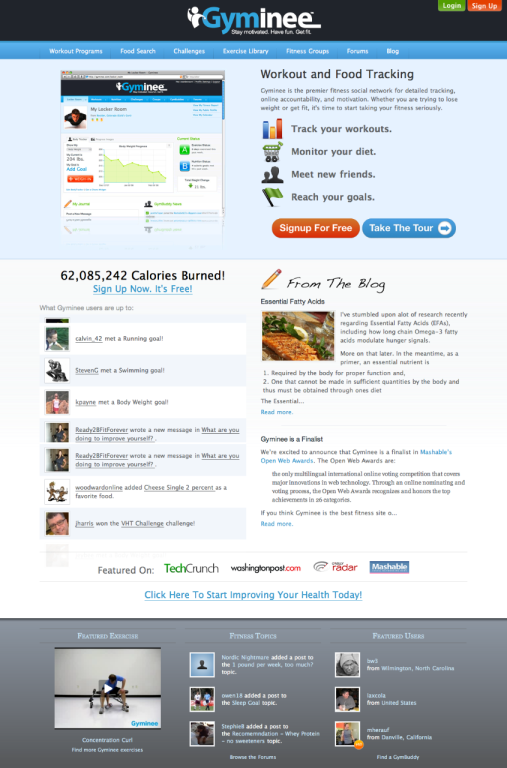
After…
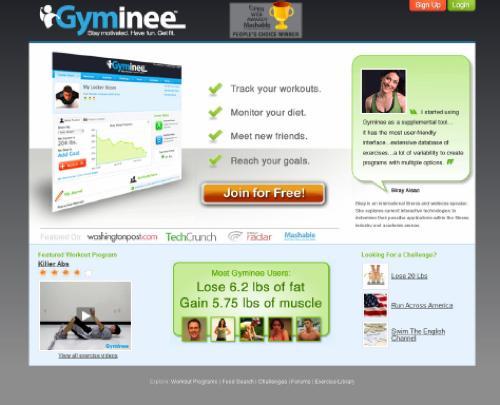
So you gotta make your prospects’ buying decision easier by giving them fewer options to choose from.
Remember, most people don’t like putting effort into making decisions.
They just want to go ahead and buy something they liked.
So if you see visitors on your site making it to your product or pricing page, but then failing to convert, try reducing the number of options you’re offering.
Potentially, you could be preventing a sales leak.
So to prevent prospects from not buying whatever it is you’re selling, do some research before getting on the call with them. Or do some market research before writing your sales page copy.
Learn what you can about their needs before you call them or email them.
Qualifying leads strategies will help you narrow down the type of product they’re likely interested in.
This will let you know which products exactly to pitch rather than pitching every single product you sell to every prospect.
Psychology Sales Hack #3: Give & Receive—Use the Principle of Reciprocity
Reciprocity is the act of exchanging products or services for mutual benefit.
Or, to put it another way, if you do someone a favor, they’ll feel obligated to do something for you in return.
Because it's a basic human instinct to want to give something in return for something given to you.
In fact, one of the 313 conversion rate optimization case studies I analyzed shows that by emphasizing reciprocity (explicitly) in the copy, there was a 127% uplift in revenue.
Before…
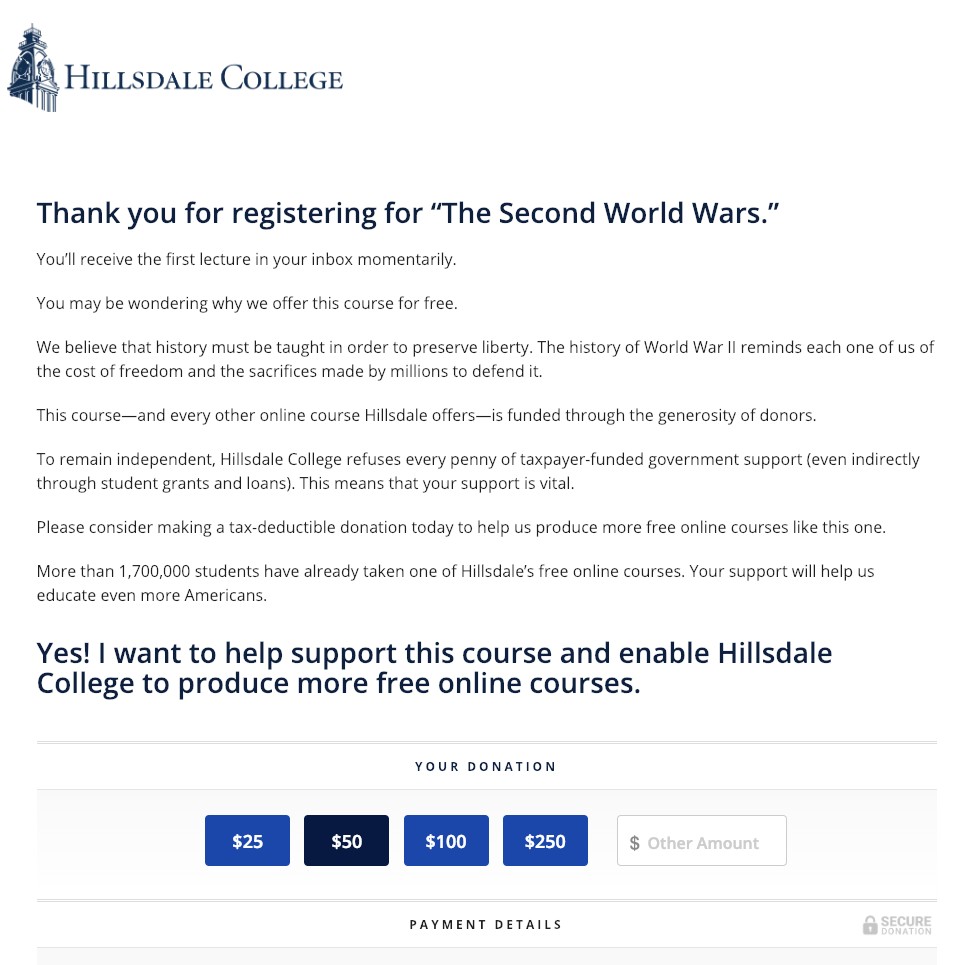
After…

That’s how it works.
And here’s an example of the principle of reciprocity.
Philip Kunz, a sociologist at Brigham Young University—conducted a psychological study.
He sent 600 Christmas cards to people he didn’t know at all.
The results?
35% of those people sent him a card back.
See how this is something you can easily use to grow stronger relationships and more sales from your email list?
It’s as simple as giving a “gift” to your email subscribers. Or to your prospects when they get in a call. Or to people who visit your website.
If you do so, they’ll be more likely to “pay it back” by buying products from you later.
And if you’re looking for ideas of what you can give away for free, you can give an actual gift (along with a product the customer purchased), a discount, or free shipping.
Or you can also offer a lead magnet (there are plenty of lead magnet examples by the way). They’ll then be more likely to take a desired action on your next email campaign too.
So offering your prospects something will make them feel like they owe you something.
That being said, reciprocity only works if you make it clear that you expect nothing in return.
Because the whole premise is to make your prospects feel comfortable and for them to see you as being generous.
Psychology Sales Hack #4: Show Prospects That Other People Like You
Social proof is any type of content that shows other people like you, have bought your stuff, and that what you say (i.e. on your landing pages) is true.
On a psychological level, it works because it drives conformity.
Social proof helps you build credibility with your prospects because we’re social creatures by nature. And most people trust other consumers more than marketers or sales people.
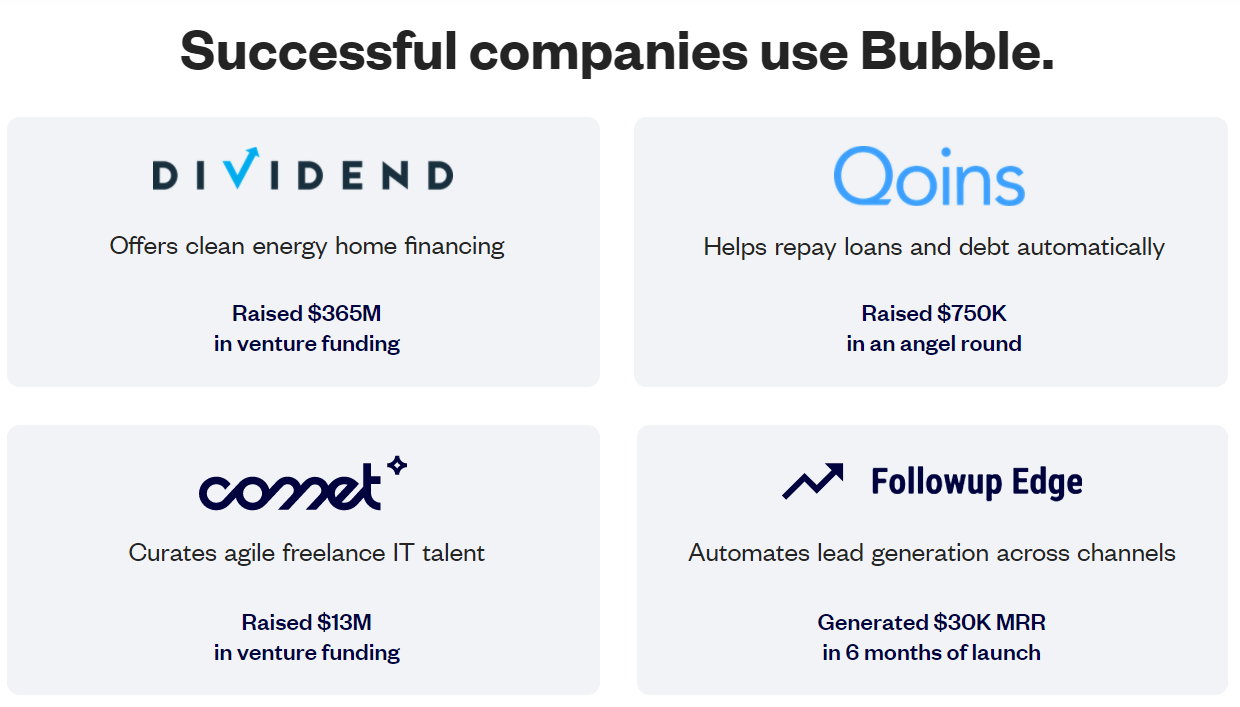
So when prospects are on the fence about whether or not to buy your products or services, social proof is the solution.
Because it is the fastest way to calm customer fears and build trust with potential customers and clients.
So use social proof strategically.
Whether you want to showcase it on your website or emails. Or during your sales call, or by simply referring to the most popular option as a top-seller to guide your prospect towards choosing it, know when to use it.
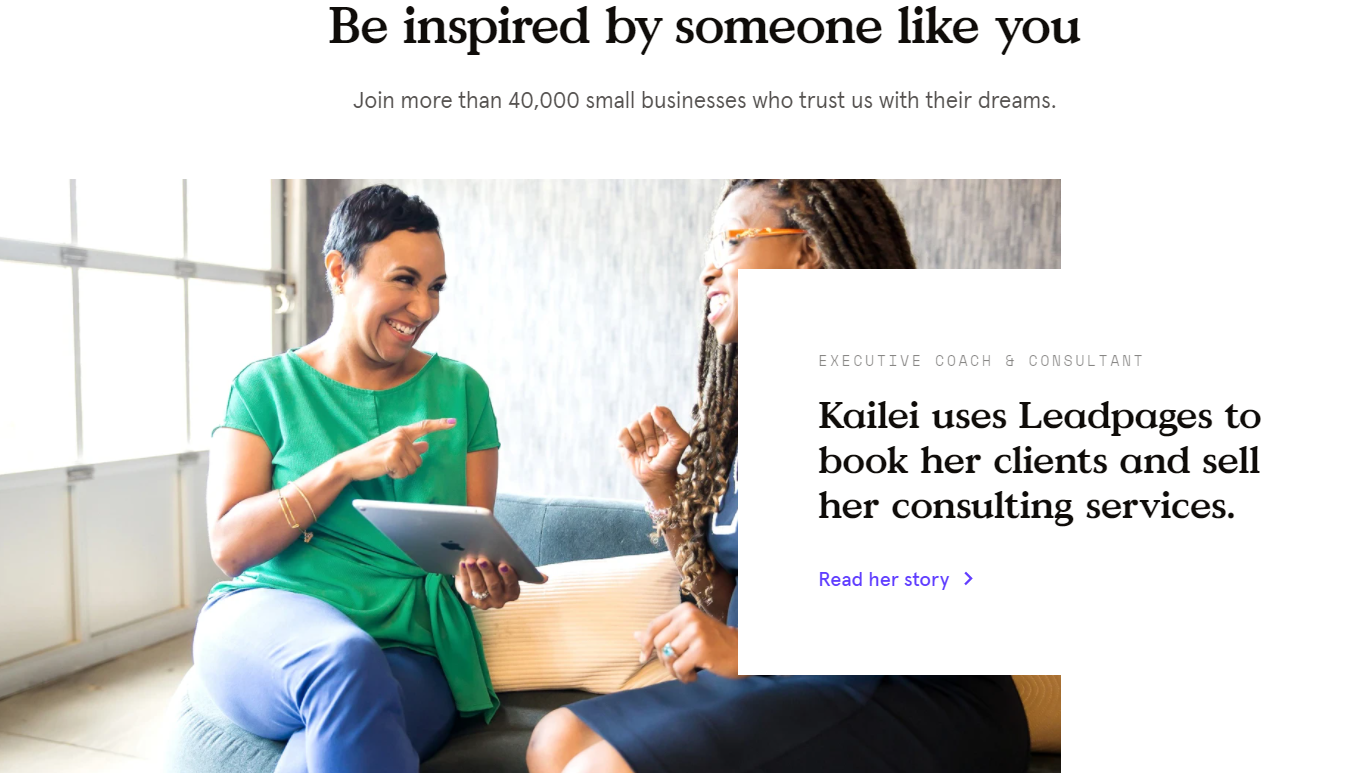
Show prospects how satisfied former clients or former customers have been with your products or service.
Popularity signals that something has value.
So, if a prospect knows that similar customers love your products or service, they’ll perceive it as more valuable.
Psychology Sales Hack #5: Don’t Be a Salesperson, Be a Person
Be as empathetic as possible and try to personally connect with prospects.
This will help you better identify different personality types and customize your prospects’ experiences.
Because at the end, what’s going to help you sell is not only the fantastic product you created.
It will be your enthusiasm and how you treat prospects throughout their sales journey.
So put your sales script down once in a while during your sales call. Write persuasive copy on your landing pages. Use emotional language.
Be a person for a second and not a salesperson pitching a product.
Psychology Sales Hack #6: Make Some Small Requests Before You Actually Make the Big Ones (Foot-in-the-door Technique)
The foot-in-the-door technique works by getting people to agree to a smaller request.
And once people complete these small requests, they’ll be more likely to agree to bigger requests.
Here’s an example to better explain it:

This technique was demonstrated in 1966 by Freedman and Fraser.
As part of their study, they called California housewives and asked to talk about the household products they used.
After 3 days, they called again and asked if a group of men could visit their homes and inspect their cupboards for about 2 hours.
The women who talked to them the first time were 2 times more likely to agree to the home visit.
See how it works?
First, get your email subscribers to complete a small action like watching a demo video or signing up for your newsletter.
Then, increase the size and potential value of the actions—including repeat purchases.
So if you ask prospective customers to, for example, download your lead magnet and they agree, then you could later ask them to purchase your tripwire offer.
You can use this psychology sales hack in your sales funnel strategy and in your sales process in general.
Psychology Sales Hack #7: Add Scarcity & Appeal to Your Prospects’ Fomo
The Law of Loss says that people are loss-averse and will do everything they can to avoid missing out on value or a deal.
And scarcity, an integral sales strategy, is the idea that there’s a limited supply of something.
FOMO, or Fear of Missing Out, is an important psychological aspect you can use in your sales process.
It’s also one of the proven sales tips to convert even the most frugal leads and one of the best ways to ask for the sale.
FOMO describes the social fear or general anxiety that comes with the idea of missing out on an experience, event, or product.
For example, say you see a group of your friends on Facebook going to a party.
You’ll want to go to the same party just because you see a lot of people going.
And that same principle leads prospects to be afraid to miss out on something fun or interesting by, for example, not being a user of your service.
In other examples of our Proven Sales Conversion Pack, a limited-time offer drove revenue per session up by 112%.


And FOMO increased the number of people opting in for the lead magnet by 38.25%.
Before...
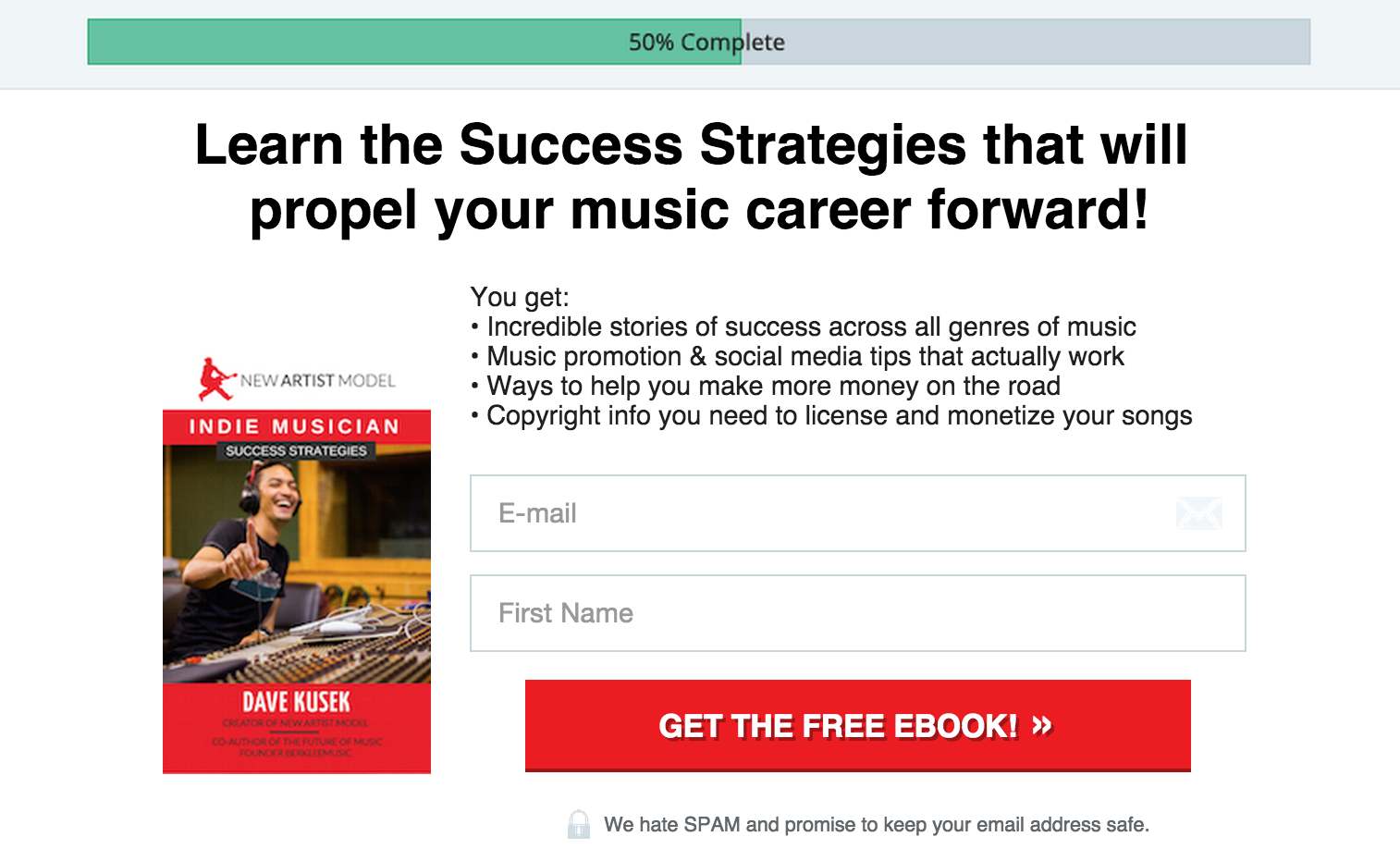
After...

So show how popular your products are and tell your prospects that there is a limited supply.
Make your products or service be desired because their availability isnt’ assured.
Leverage the loss of aversion.
Because even the most hesitant buyer will have a hard time saying no to a great deal.
People are constantly thinking about what they’ll lose by turning an offer down or by not buying your products or service.
So you can tap into the loss aversion by framing your offer as something prospects will miss out on if they don’t make a purchase, rather than just highlighting the added value.
Psychology Sales Hack #8: Use the Word FREE
There’s magic and power in the word “free.”
It is human instinct to take the path of least resistance. And that, of course, includes financial commitments.
Many marketers and business owners mistakenly believe that the word “free” in their email subject lines will automatically get your emails sent to the Spam folder.
Or that using the word “Free” on your landing page will make your offer look “cheap.”

Yet, according to HubSpot, there doesn’t seem to be a difference in email deliverability.
One famous example from Dan Ariely’s Predictably Irrational shows how impactful the word “Free” can actually be.
He talks about Amazon expanding their free shipping offer in France.
At first, they offered a nominal price of 1 franc (about $0.20) and noticed stale sales.
Then, they made all shipping free and saw huge increases in sales with only a 20-cent price difference.

Moral of the story?
Make sure to use the word FREE regularly in your sales process.
“I’ll give you the first month for free.”
“We offer free upgrades if you sign up for this package.”
“If you sign up today, I’ll give you a free bonus.”
A little psychology and a good sales strategy will simply boost your sales.
Psychology Sales Hack #9: Tap Into Your Prospects’ Emotions
Sometimes, selling isn’t just about the product per se.
It’s about the emotion that it conveys.
The Law of Emotion says that people respond to emotion. And in fact, as much as 95% of customer purchases are driven by that.
So whether you’re selling your products or services through the perfect sales page, or through a call, or through email marketing, take prospects on an emotional journey.
Tap into their emotions.
Learn how to read their body language. How to find patterns in their behavior. Their journey through your sales funnel.
Empathize with prospects. Listen to their needs. Give them not what they want, but what they desire.
Put yourself in their shoes and find out what and how they feel so you can better guide them toward your product as the magic solution to their problems.
Understand your audience so well on an emotional level that you can get them to buy whatever it is you’re selling.
Conclusion
Download the “9 Persuasive Psychology Sales Hacks to Sell More” so you won’t forget to take action on it later. Click here to download it now.
Psychology helps you understand who your prospect is, what he wants, and what he needs from you.
And these psychology sales hacks help you not only get a better closing rate, but they also help you make your prospects’ journey through your sales funnel smoother.
To review, here are the key points to leverage on your sales process:
- Tap into your prospects’ emotions and take them on an emotional journey—selling isn’t just about the product, it’s also about the emotion that it conveys.
- Appeal to prospects’ fear of missing out—people are constantly thinking about what they’ll lose.
- Get people to agree to a smaller request—then, they’ll be more likely to agree to bigger requests (like buying!).
- Use the word FREE—prospects love receiving free stuff.
- Be a person, not a salesperson—don’t do a sales pitch all the time.
- Leverage your social proof—it’s the fastest way to calm prospects’ buying fears.
Those are the simple and easy to apply psychology sales hacks in a nutshell.
But now it’s time to ask you: do follow any of these techniques when selling your products or services?
What other persuasive principles do you follow to close more sales?
Let me know in the comments below.
Keep Growin’, stay focused.


